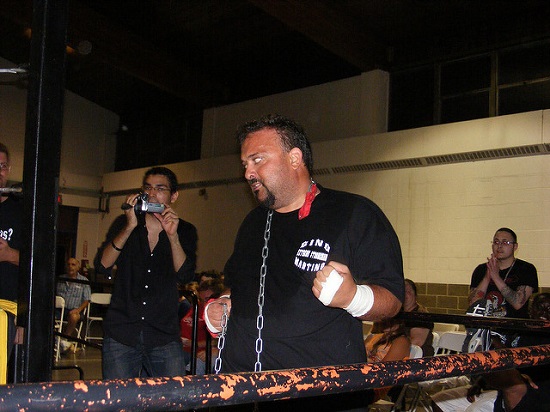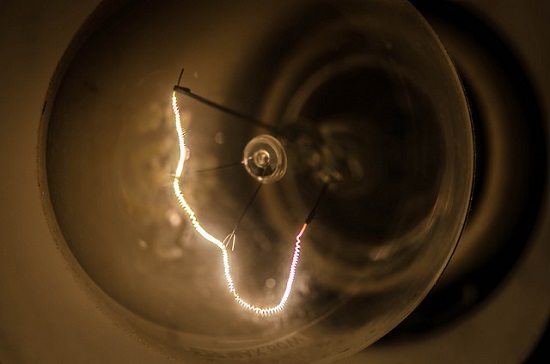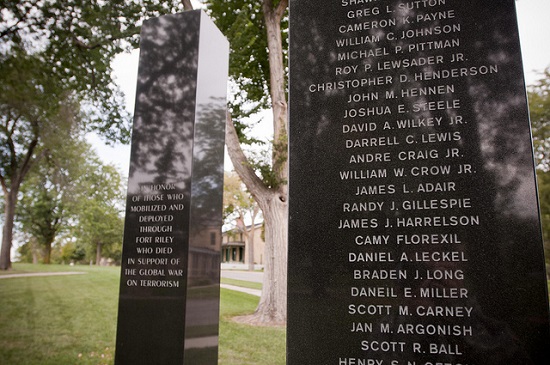“I can not bear the thought of living without it. It would be a form of “blindness”.
― Lidell Simpson
Lidell Simpson, despite being deaf, is able to recognize people using sound.
He has been quoted as saying that he has never known complete silence.
This is because his inner synesthetic hearing allows him to hear sounds that he describes as sounding like a techno or dance song.
He has tried to get others to understand exactly what he is talking about by finding ways to get others to experience what he hears. (check out the video Dancing Lights later in this article)
Born
Born in Mississippi, Lidell Simpson’s condition was misunderstood by many doctors who recommended that he be institutionalized.
Some of them mistook his inner hearing for mental illness.
Fortunately for Lidell his mother refused to have him sent to a mental institution and instead raised him like any other child.
He would go on to speak several languages and continues to generate awareness and understanding of synesthesia, the condition that enables him to experience inner hearing.
Early History
In an interview with PsychologyToday.com, Lidell explained that he had always had a good memory.
His mother was surprised when, even at an early age, he could recognize pictures of his grandmother - despite the fact that she had passed away before he was two.
It is unclear when his superhuman ability to use his “inner hearing” began to manifest, but he was able to recognize that he was hearing these sounds at around the age of 4 or 5.
What is his Superpower?
His condition, synesthesia allows him to hear even though he has been deaf since birth.
At first he was unable to express what he was experiencing which is possibly the reason why doctors recommended that he be institutionalized.
As he got older, he began to learn more about his condition.
He was 13 when he was first introduced to the word synesthesia and after working with a researcher in the field, he understood that his condition is acquired.
He has this amazing ability where he is even able to hear voices coming from actor’s mouths on TV even if the TV is muted.
His “inner hearing” has even given him the ability to excel at certain sports such as fencing.
He has studied various languages including German, Russian and Arabic.
What we can learn from him?
Considering the fact that he could have ended up spending the rest of his life in a mental institution, what we can learn from him is very simple.
It is not in our best interests to dismiss something purely on the basis of not being able to understand it.
The doctors he was sent to as a child did not understand that his condition was a blessing in disguise that enabled him to hear the world around him despite the fact that he was diagnosed with sensorioneural deafness at the age of 4.
His parents refused to listen to the doctor’s suggestion and instead fitted him with hearing aids and put him in regular, mainstream kindergarten by the time he was 5.
This show of strength by his parents enables him to become the person he is today.
Without his parents’ intervention he likely wouldn’t have been able to make even half of the accomplishments he has made today.
From his parent’s strength we can learn that given the chance, even those who doctors consider written off can have a normal life.
In his case Lidell Simpson grew up to have an extraordinary life despite the fact that at the time his condition was so misunderstood it was considered mental illness.
We also need to create awareness around this condition since there could be a lot of other children in the world who are deaf but have inner hearing yet are unable to identify what is happening.
He is doing everything he can to help others understand what his world is like. For example this video.
Dancing Lights
What he is currently doing?
Currently Lidell Simpson is heavily invested in researching and raising public awareness on synesthesia.
His efforts have brought to the forefront a condition that many of us may have never heard of.
According to his LinkedIn profile, he is also an advocate for close captioning for the hearing impaired and an active member of the American Synesthesia Association as well as the UK Synesthesia Association.
He has also spoken at various conferences on synesthesia all in an effort to generate public interest and awareness on this rare condition.
He used his platform to get as many people as possible educated on synesthesia and his efforts are bearing fruit.
Links and Videos
Lidell’s YouTube Channel
What color is Tuesday? Exploring synesthesia
Music and the Brain: Wednesday is Indigo Blue: How Synesthesia Speaks to Creativity
Olympia Colizoli talks about synesthesia and neuroscience PART 1
Screensaver reveals new test for synaesthesia
Image credit







